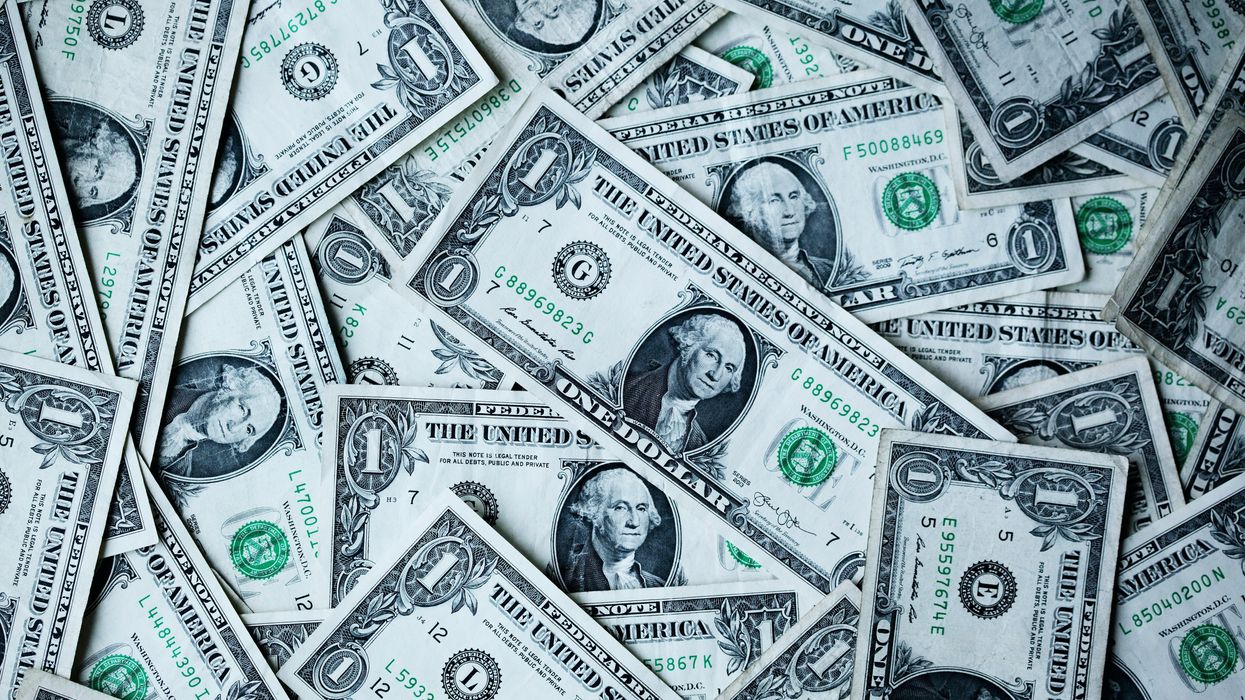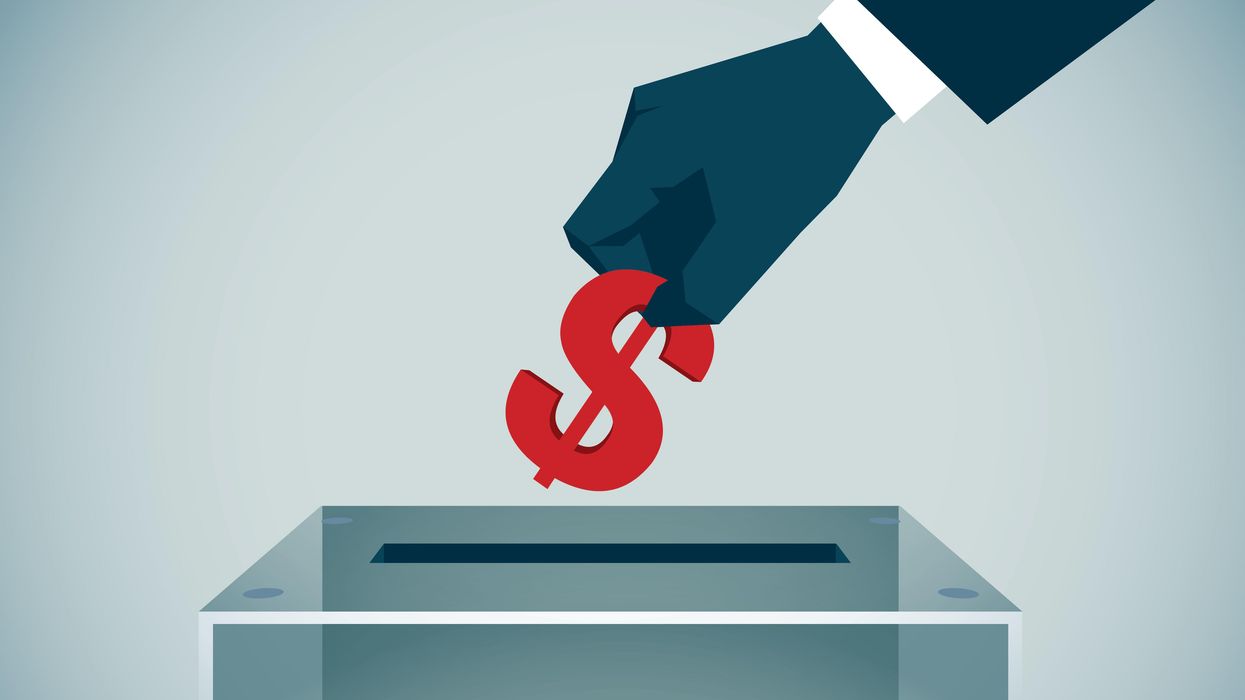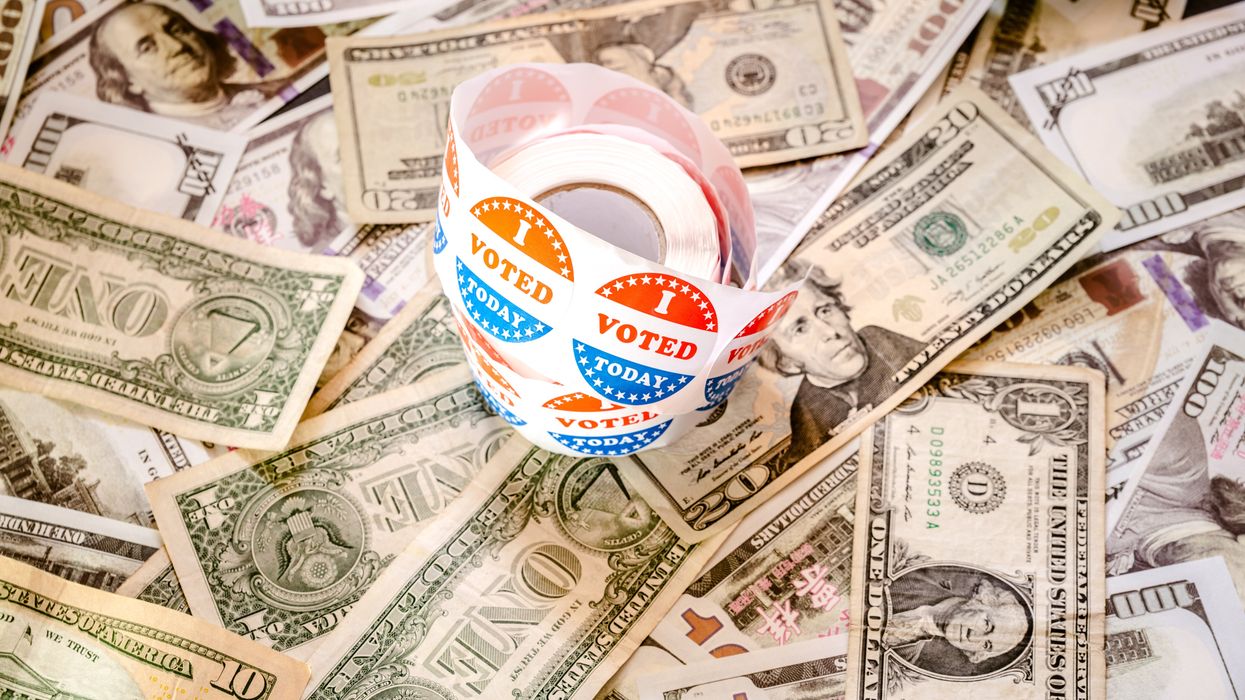“Tariffs are like throwing sand into the gears of the global economy.”
— David Kelly, JP Morgan Asset Management
The dollar has plunged 10.8% in 2025, marking its worst start since 1973—a year defined by oil shocks, soaring inflation, and Watergate-era political turmoil. Behind the headlines, one has to wonder: Could America be headed for a crisis reminiscent of that turbulent era? A volatile mix of President Trump’s trade wars, sweeping tax cuts, and assertive executive actions fuels uncertainty. The dollar’s slide isn’t merely a currency-market blip—it’s a warning that America’s economic stability and global standing are under threat.
Already, many Americans are feeling the squeeze: the falling dollar has driven up prices for imported goods, such as electronics and cars, and overseas travel has become more expensive, hitting family budgets and sending consumer confidence plummeting. According to the Bureau of Labor Statistics, import prices rose 6.2% in the first half of 2025, with consumer electronics and vehicles among the categories showing the highest increases. The U.S. Travel Association reports that the cost of overseas travel has increased by roughly 8% compared to the previous year, largely due to the weaker U.S. dollar. With a destabilized economy comes the risk of political unrest, as economic anxiety often fuels deeper divisions and social tensions.
The Dollar’s Dive: A Warning Sign
Unlike in past crises, the dollar is not the safe haven it once was. The dollar’s value has been declining as investors seek more stable assets. Currency traders and global investors are losing confidence in Washington’s ability to maintain economic discipline, leading to sharper movements in exchange rates and more volatile capital flows. The stakes go beyond Wall Street—the dollar’s weakness influences import costs, borrowing rates, and America’s financial credibility worldwide. For example, a weaker dollar means that imported consumer electronics, such as smartphones and laptops, cost more, squeezing both retailers and shoppers. This adds to inflationary pressures and impacts household budgets, making everyday purchases more expensive.
The dollar’s weakness and market volatility are deeply connected to these trade conflicts. This leads directly to the next issue: how Trump’s trade wars and tariff threats have amplified economic uncertainty and shaken confidence in America’s leadership.
Trade Wars and Tariff Turmoil
President Trump’s on-again, off-again tariffs have triggered volatility and uncertainty across global markets. Although some trade tensions have eased, the economic consequences remain substantial. Yale’s Budget Lab estimates that current tariffs could shrink U.S. GDP by 0.5% in 2025 and leave the average American household $2,500 worse off. To an Elon Musk, this is like spare change, but to a working family, it means foregoing vacations or buying a new car. Businesses, particularly small ones, remain wary of sudden policy changes, often freezing investments and hiring. The dollar’s slide reflects not only economic costs but also a loss of confidence in America’s role as a stable economic leader.
Fiscal Chaos and Trump’s “Big Beautiful Bill”
Overlaying trade turmoil is fiscal dysfunction. Congress has increasingly relied on stopgap funding measures instead of passing full budgets, giving President Trump more leeway to redirect spending without congressional oversight. Meanwhile, his sweeping domestic policy bill adds new layers of economic risk. The $4 trillion tax cut package extends earlier tax breaks but adds $3.3 trillion to the national debt over the next decade. While higher-income Americans stand to benefit the most, the bill includes significant cuts to programs such as Medicaid, food assistance, and clean energy incentives. The result is growing concern among investors that Washington is sacrificing long-term fiscal sustainability for short-term political gains, further weakening confidence in the dollar and America’s economic future.
These cuts are expected to have profound effects. Millions could lose access to affordable healthcare as Medicaid funding shrinks, while low-income families face greater food insecurity due to reduced assistance. Slashing clean energy incentives could also undermine progress toward climate goals and cost jobs in growing sectors, such as solar and electric vehicles. The social strain from these rollbacks may deepen political divides and further erode trust in government, compounding the economic uncertainty already weighing on the dollar.
Institutional Breakdown and Global Trust
Alongside economic policies, Trump’s governing style has relied heavily on executive orders, reshaping federal agencies and bypassing traditional checks and balances. Moves like slashing the federal workforce and advancing other Project 2025 objectives have raised alarms about politicizing the civil service and weakening independent institutions. Internationally, allies and investors worry that America’s institutions are growing less stable and more prone to abrupt policy swings. A weakened institutional framework erodes confidence not just in Washington’s governance but in the dollar’s role as the world’s reserve currency—a role built on trust, predictability, and the rule of law.
This institutional instability is closely tied to the decline of the dollar and the economic risks associated with Trump’s large bill. Investors and global partners see not only fiscal recklessness but also a government increasingly willing to change the rules overnight. That uncertainty compounds fears about America’s ability to manage debt, trade responsibly, and maintain the dollar’s credibility as the world’s reserve currency.
A Path Forward
The falling dollar, trade turmoil, fiscal chaos, and institutional instability are not separate crises—they are closely linked challenges that reinforce one another. As the dollar weakens, import prices rise, fueling inflation and straining household budgets. Trade wars disrupt supply chains and dampen business confidence, while large deficits and erratic fiscal policy undermine trust in America’s financial stability. When institutions appear vulnerable to partisan shifts, global investors grow more reluctant to view the dollar as a reliable safe haven.
To restore stability, policymakers must exercise fiscal discipline, provide clear and predictable trade policy, and safeguard institutional integrity. Otherwise, the dollar’s slide may not simply be a temporary fluctuation, but a lasting transformation in America’s economic standing. Sadly, the GOP-led Congress appears unwilling to lead, preferring to let the White House call all the economic shots.
The stakes are immense. A sustained decline in the dollar could erode U.S. influence abroad, drive up costs for consumers, and deepen social divisions at home. Households could face higher prices and shrinking savings, while businesses struggle to plan amid uncertainty. If the international community begins seeking alternatives to the dollar, global economic power could shift away from the United States. Restoring confidence will require steady leadership, responsible governance, and renewed commitment to the principles that have long underpinned America’s economic strength. The institutional levers are in place to reverse the damage, but the political will appears lacking.
Robert Cropf is a professor of political science at Saint Louis University.



















